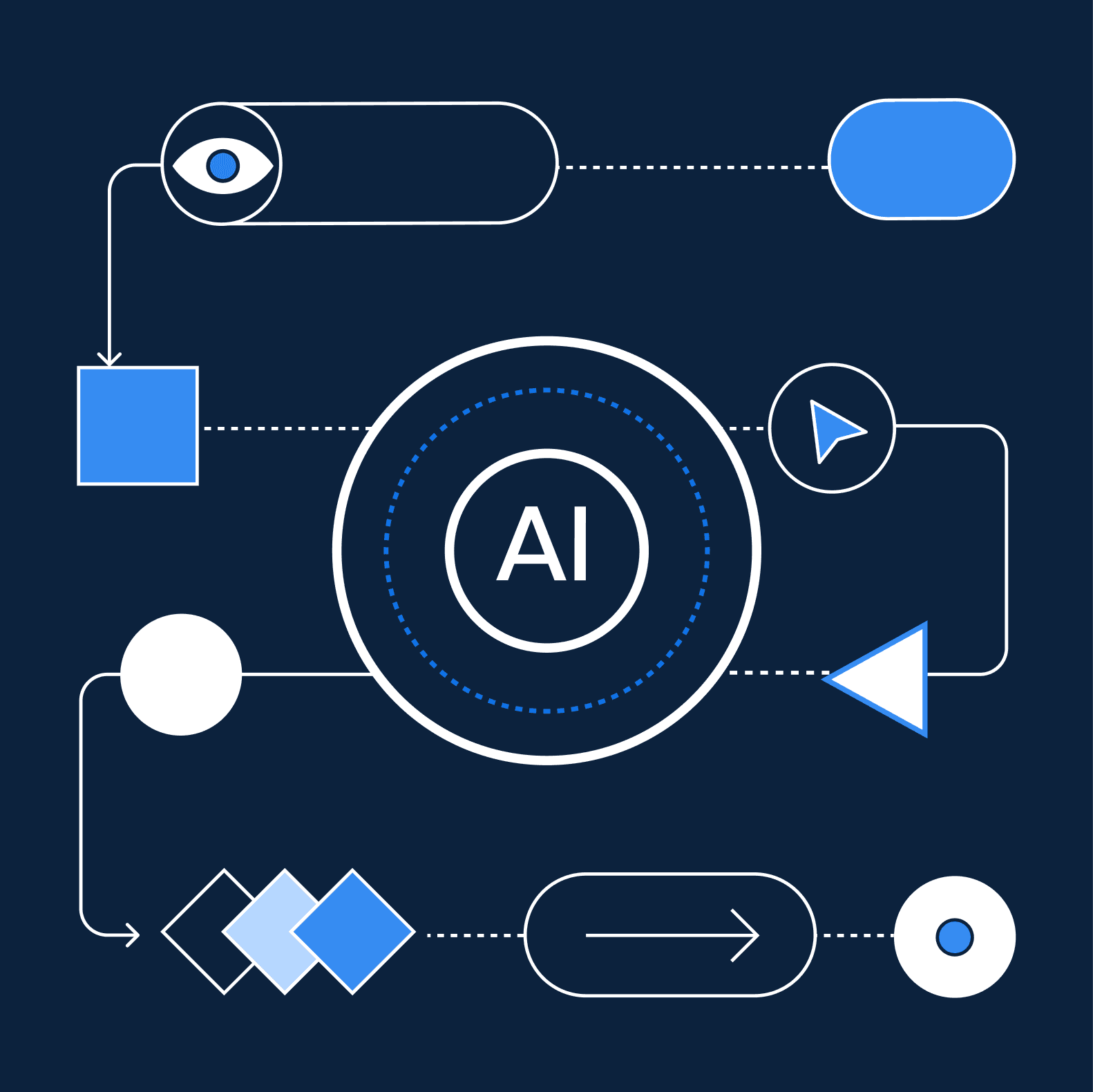
Why GenUI is the next big leap for CX
For the past two decades or more, digital design has evolved around a fundamental principle: the screen is fixed. It might resize itself neatly across devices (thanks to responsive design), but at heart, it’s still a predefined layout built for a hypothetical "average" user every time.
But in 2025, the idea of static screens is rapidly becoming outdated. A new model is emerging, powered by artificial intelligence, modular design systems, and user expectations for experiences that are truly personal. It's called Generative UI (GenUI), and it's poised to redefine how brands engage with customers across digital touchpoints.
The word trend is funny because it often implies a flash in the pan or something to be temporarily adopted. And although GenUI is trend-y, we believe it has very real sticking power. It’s a paradigm shift; one that CX leaders, designers, and technologists alike need to understand, embrace, and start experimenting with now.
What is GenUI, exactly?
GenUI moves beyond static layouts to create adaptive, real-time interfaces that flex based on who’s using them, what they're trying to do, and the context they’re operating in.
Instead of pre-building a screen for every possible journey, we build systems - modular components, intelligent logic, and flexible frameworks - that dynamically assemble themselves based on user intent.
Powered by advances in large language models (LLMs), real-time APIs, and maturing design systems, GenUI allows a travel site to show different landing experiences depending on live weather conditions, a banking app to anticipate the next best action for an avid saver, and an enterprise dashboard to adjust itself automatically to each user’s role and priorities. And the possibilities don’t end there…
It's not just screens responding to device size anymore. It's screens responding to people.
Why it matters for CX
The implications for customer experience are enormous.
First, GenUI makes personalisation truly scalable:
Forget segmenting audiences into broad, speculative groups (which may need extensive, costly testing and finessing to validate with data or market research). With the right building blocks in place, every interaction can feel like it was crafted for the individual without the endless overhead of bespoke templates.
Second, it dramatically reduces friction:
By surfacing the right action, the right content, or the right pathway at the right time, GenUI cuts out the cognitive load and decision paralysis that often leads to drop-offs.
In the CX world, where success hinges on smooth, intuitive journeys, that's transformative.
Third, it can make experiences more inclusive:
Need larger fonts, simpler layouts, higher contrast? You wouldn’t necessarily know that, but GenUI could. GenUI can adapt automatically based on user needs without the user ever having to ask for it. Accessibility no longer need be an add-on, but a native feature.
And finally, GenUI creates a continuous optimisation loop.
Every interaction generates feedback: what worked, what didn’t, where users paused, where they sped through. That turns the interface itself into a living research tool; fine-tuning UX decisions in real time, not just during quarterly review cycles.
The challenges we have to solve…
Of course, no great leap forward comes without hard questions.
GenUI forces us to rethink brand consistency:
When every user's experience is subtly different, how do we maintain a coherent brand feel? It demands stronger component systems, clearer design rules, and a shift from designing pages to designing boundaries.
It also raises technical pressures:
Real-time adaptation needs clean data, fast logic, and robust infrastructure. Lag, glitches, and/or unpredictable AI guesses could easily erode trust.
And crucially, GenUI demands visible intelligence:
If an interface starts changing based on sensitive data like history or intent, users must understand what’s happening and why. Transparency, opt-outs, and user control aren't optional extras. With GenUI, they're core to earning and maintaining trust.
For CX teams, it’s not just about what your AI can do, it’s about how responsibly and transparently it behaves.
Where to start
For brands wondering how to step into this future, my advice is: start small, start smart.
Pick one friction-heavy journey: maybe an onboarding flow, a complex form, or a static dashboard. Then, prototype a dynamic version. Use lightweight pilots, clear labelling ("Beta", "Learning Mode"), and real-world observation to gather insight long before scaling up.
Also make sure your design systems, content structures, and data hygiene are in good shape first. Generative systems are only as smart as the inputs we give them.
Above all, approach GenUI not as a tech play, but as a human experience opportunity. When done well, it can create experiences that feel not just more efficient, but more empathetic. This means interfaces that feel alive, helpful, and genuinely tuned in to each individual.
The window is open!
Brands that move first won’t just create better user experiences, they’ll set new expectations for what "good" feels like online. Will you be one of them?
This article was originally featured in The Drum and is available here.
To read the full report, From Static Screens to Hyper personalisation: The Rise of GenUI, click here.





